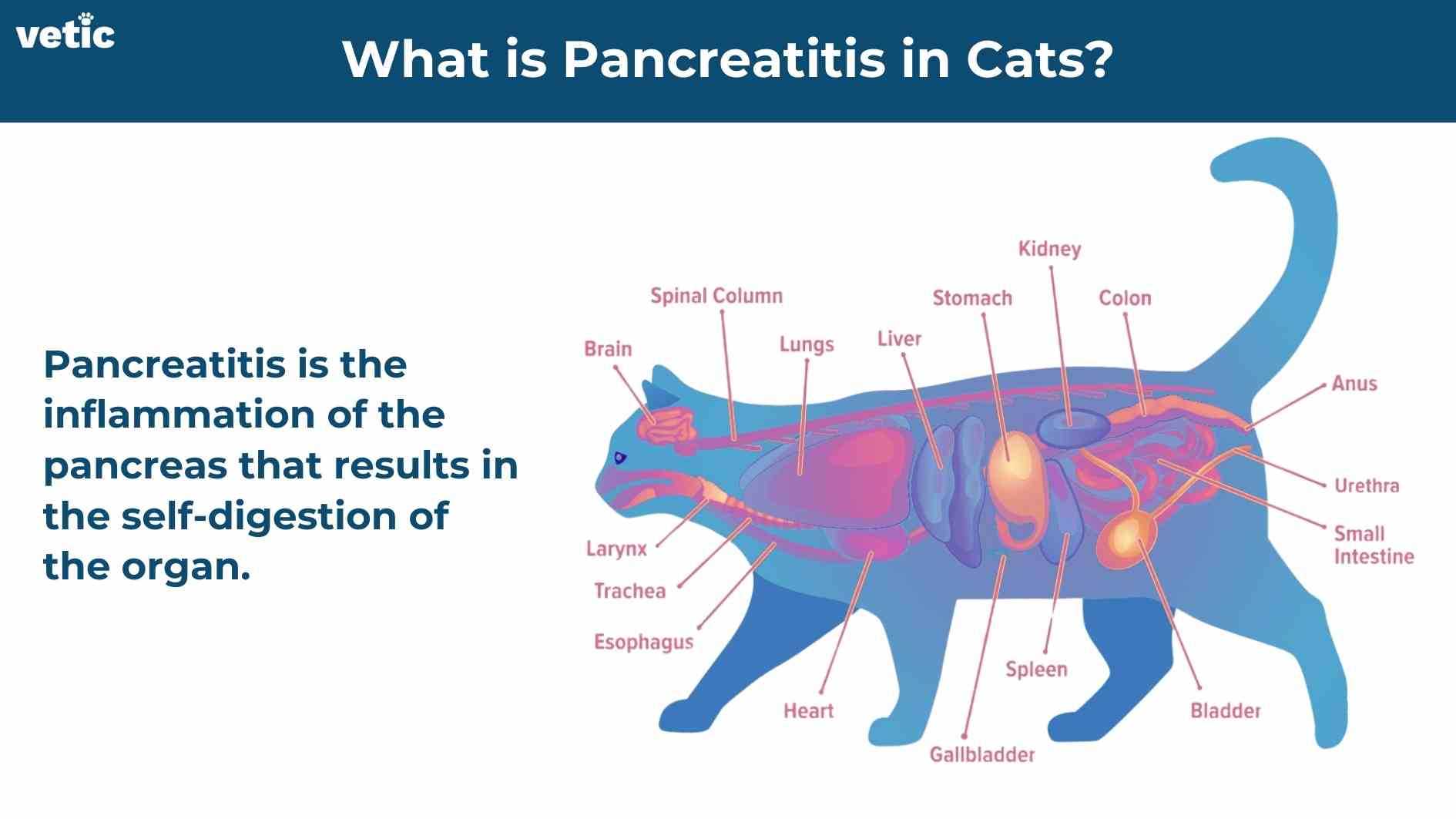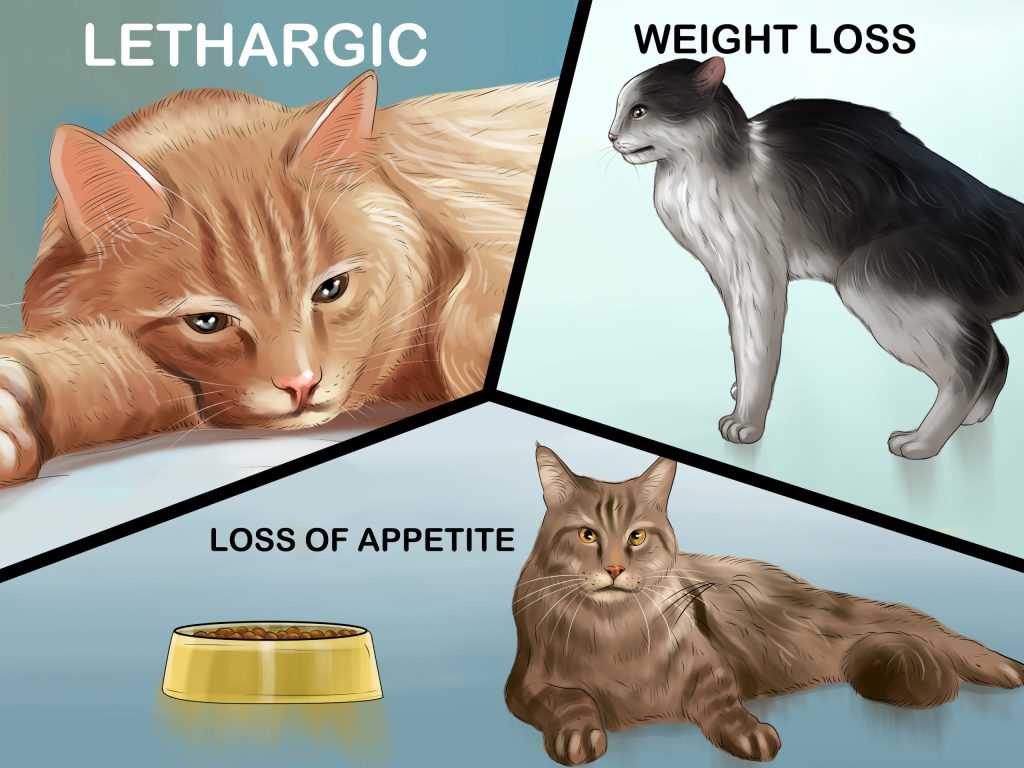For managing pancreatic inflammation, immediate veterinary intervention is crucial. A thorough examination and diagnostic tests often reveal the extent of the condition. Once assessed, tailored treatment plans typically include fluid therapy to maintain hydration and restore electrolyte balance.
Dietary modifications play a significant role in recovery. A low-fat, easily digestible diet helps reduce the workload on the pancreas. Transitioning to prescription food designed for gastrointestinal health can support the healing process. Small, frequent meals are recommended to minimize stress on the digestive system.
Medications, such as anti-nausea and pain relief, are often prescribed to enhance comfort and ease symptoms. Close monitoring during recovery ensures that any complications are addressed promptly, while regular follow-ups with the veterinarian help track progress and adjust treatment plans as necessary.
Recognizing Symptoms of Pancreatitis in Cats
Immediate awareness of symptoms is crucial for prompt care. Common signs include:
- Loss of appetite or refusal to eat
- Vomiting, which may occur intermittently
- Diarrhea or changes in stool consistency
- Abdominal pain, noticeable through sensitive areas when touched
- Weight loss or a noticeable decrease in energy
- Dehydration, indicated by dry gums or excessive thirst
Monitoring behaviors can also provide insights. A cat may exhibit lethargy, hiding more than usual, or a hunched posture. If any of these signs appear, a visit to the veterinarian is essential for evaluation and diagnosis.
Dietary adjustments may be necessary, especially for those with concurrent health issues. For instance, consider exploring the best diet for cats with kidney failure as a reference for nutritional needs.
Quick identification of these symptoms can lead to timely intervention, significantly improving outcomes.
Initial Veterinary Diagnosis and Tests

The first step in addressing gastrointestinal issues involves a thorough evaluation by a veterinarian. Blood tests are critical, particularly a complete blood count (CBC) and serum biochemistry panel. These tests help confirm inflammation or other internal abnormalities.
In cases of suspected issues with the pancreas, specific tests such as the feline pancreatic lipase immunoreactivity (fPLI) assay are employed. This test measures the levels of pancreatic enzymes that can indicate pancreatic inflammation.
Imaging Techniques
Ultrasound examinations provide a non-invasive way to visualize abdominal organs. This helps in identifying any structural changes in the pancreas or surrounding tissues. X-rays may also be performed to rule out other potential causes of discomfort.
Clinical History and Physical Examination

A detailed clinical history is gathered, focusing on dietary habits, recent changes in appetite or behavior, and any previous health issues. A physical examination includes checking for signs of dehydration, abdominal pain, or any other abnormalities. This comprehensive approach ensures that all potential factors contributing to the condition are considered.
Dietary Changes for Felines with Inflammation of the Pancreas
Switching to a low-fat diet is crucial for managing this condition. High-fat foods can exacerbate discomfort and inflammation, so opting for specially formulated low-fat cat food designed for sensitive stomachs is recommended. Look for options that contain easily digestible proteins like chicken or turkey.
Portion control plays a significant role in dietary management. Smaller, more frequent meals can help ease the digestive process. Instead of two large meals, consider feeding smaller portions four to six times a day. This approach reduces the workload on the digestive system.
Incorporating wet food can also be beneficial. Canned options often contain higher moisture content, which aids hydration and promotes better overall health. Plus, they tend to be easier on the stomach compared to dry kibble.
Monitoring for food sensitivities is essential. Some felines may have specific allergies or intolerances that can worsen their condition. Keeping a food diary can help identify any problematic ingredients. If there’s a suspicion of certain proteins or grains causing issues, consult a veterinarian for alternative options.
Adding supplements like omega-3 fatty acids might also support recovery. These can reduce inflammation and promote healing. However, it’s important to discuss any new supplements with a vet before introducing them to the diet.
Staying consistent with dietary changes is important. Sudden shifts in food can lead to gastrointestinal upset, further complicating recovery. Slowly transition to new food over the course of several days to allow the digestive system to adjust.
Regular follow-ups with a veterinarian are necessary to monitor progress and adjust the diet as needed. Their expertise can guide the best choices tailored to individual needs.
For additional insights on pressure management, check this link: can pressure washer pressure be regulated.
Medications and Their Role in Treatment
Veterinary guidance on pharmacological intervention is vital for managing inflammation and pain associated with this condition. Non-steroidal anti-inflammatory drugs (NSAIDs) are often prescribed to alleviate discomfort and reduce swelling in the pancreas. Common choices include meloxicam or carprofen, but dosage and suitability must be determined by a veterinarian, considering each furry friend’s specific needs.
Antibiotics and Enzyme Supplements
In cases where secondary infections are suspected, antibiotics may be necessary to minimize complications. Drugs like amoxicillin or metronidazole are frequently utilized. Additionally, enzyme supplements can assist in the digestion process, especially if there’s a deficiency in enzyme production, enhancing nutrient absorption and overall health.
Antacids and Appetite Stimulants

Proton pump inhibitors or H2 blockers can be beneficial for those experiencing gastric acidity issues, easing the gastrointestinal upset that often accompanies pancreatic inflammation. Appetite stimulants may also be recommended to encourage eating, which is crucial for recovery. Medications like cyproheptadine are effective in increasing hunger, ensuring that nutritional needs are met during the healing process.
Managing Pain and Discomfort in Affected Cats
Administering pain relief is critical for comfort during recovery. Non-steroidal anti-inflammatory drugs (NSAIDs) prescribed by a veterinarian can alleviate discomfort effectively. Always ensure dosage is precisely followed; overdosing can cause more harm than good.
In addition to medications, alternative therapies such as acupuncture may provide relief. Some studies indicate that acupuncture can help reduce pain levels and improve overall well-being. Consultation with a veterinarian trained in this technique is recommended to tailor treatment to individual needs.
Creating a calm environment plays a significant role in pain management. Reducing stress factors–such as loud noises or other pets–can enhance recovery. A cozy, quiet space with soft bedding promotes relaxation and healing.
Hydration is also important; ensuring easy access to fresh water can prevent discomfort from dehydration. Consider using a pet water fountain, which encourages drinking, and helps maintain hydration levels.
Monitor the affected feline closely for signs of worsening pain or distress. Behavioral changes, such as increased hiding or vocalization, should prompt immediate veterinary consultation. Consistent communication with the veterinarian about any concerns can guide adjustments in pain management strategies.
| Method | Description |
|---|---|
| NSAIDs | Prescribed medications to reduce inflammation and pain. |
| Acupuncture | Alternative therapy that may relieve pain through targeted stimulation. |
| Calm Environment | A quiet, comfortable space reduces stress and promotes healing. |
| Hydration | Access to fresh water is crucial for preventing discomfort from dehydration. |
| Behavior Monitoring | Observe for changes in behavior indicating increased pain or distress. |
Long-term Care and Monitoring for Recovery
Regular veterinary check-ups are crucial for ongoing assessment. Schedule visits every few months to monitor health status and adjust treatment plans as necessary. Blood tests can track enzyme levels and ensure the pancreas is functioning well.
Diet Management
Adhere to a prescribed diet specifically formulated for digestive health. Gradually introduce any new food to prevent gastrointestinal upset. Portion control is essential; small, frequent meals support better digestion and reduce strain on the system.
Behavioral Observations
Closely observe daily behaviors. Changes in appetite, energy levels, or litter box habits can indicate underlying issues. Maintain a journal to document any irregularities, which can be valuable during veterinary visits. Encourage gentle play and interaction to keep spirits high.
FAQ:
What are the common symptoms of pancreatitis in cats?
Common symptoms of pancreatitis in cats include vomiting, diarrhea, lethargy, loss of appetite, and abdominal pain. Affected cats may also exhibit signs of dehydration and may have a hunched posture due to discomfort. If you notice these symptoms, it is important to consult a veterinarian for a proper diagnosis and treatment plan.
How is pancreatitis diagnosed in cats?
The diagnosis of pancreatitis in cats typically involves a combination of physical examinations, blood tests, and imaging techniques. A veterinarian will assess the cat’s medical history and perform a physical exam to check for signs of pain or discomfort. Blood tests can reveal elevated levels of pancreatic enzymes, which may indicate pancreatitis. Ultrasound or X-rays might also be used to visualize the pancreas and surrounding organs for further evaluation.
What treatment options are available for cats with pancreatitis?
Treatment for pancreatitis in cats generally focuses on supportive care. This may include hospitalization, intravenous fluids to prevent dehydration, and medications to control pain and nausea. In some cases, a special diet that is low in fat may be recommended to help the pancreas recover. If the cat has an underlying condition contributing to pancreatitis, that condition will also need to be addressed. Regular follow-ups with the veterinarian are essential to monitor the cat’s progress.
Can pancreatitis in cats be prevented?
While not all cases of pancreatitis can be prevented, certain measures can help reduce the risk. Maintaining a healthy weight through a balanced diet and regular exercise is crucial. Additionally, it is important to avoid feeding cats table scraps or high-fat foods that can trigger pancreatitis. Regular veterinary check-ups can also help identify any health issues early on, allowing for timely intervention. Always consult with a veterinarian before making significant changes to your cat’s diet or lifestyle.






